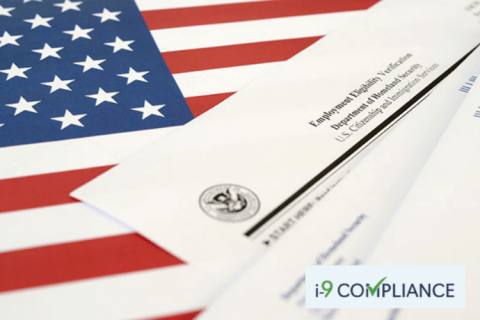USCIS Provides Guidance For Using Native American Tribal Documents to Complete the Form I-9

United States Citizenship and Immigration Services (USCIS) has recently announced that it has provided newly updated guidance for completion of the Form I-9 using Native American tribal documentation. The new guidance significantly clarifies many details regarding the required documentation for verifying a native American worker’s work authorization using tribal documentation.
This new guidance, which USCIS has made available online, provides detailed guidance regarding which Native American tribal documents fall into each category of either List B or List C documentation to complete the Form I-9 verification process. To complete the verification process, like with all other workers, Native Americans may present either a List A document or a combination of a List B and List C document.
Native American tribal documents are defined as official membership documents showing membership in a community or tribe issued by a Native American tribe, Alaska Eskimo, or Aleut community, which is recognized by the U.S. government. Documents issued by any tribe or community which is not recognized by the U.S government cannot be used for completion of the Form I-9.
Notably, federal recognition of tribal entities and communities changes with time; therefore, it is important to check the Bureau of Indian Affairs search tool to determine if a tribe or community is officially recognized. After determining whether or not the document issuer is valid for I-9 purposes, the following guidelines can be used to determine whether or not a document can be used solely for identification or for both identification and proof of work authorization.
If under Section 1 of Form I-9, the employee selects that they are an “A citizen of the United States,” then the document is acceptable as both a list B and List C. The same applies if they select “lawful permanent resident.” However, if they select “Alien authorized to work,” then it is only acceptable as a List B document.
Notably, Native American tribal documents issued by the Indigenous and Northern Affairs Canada or a Canadian First Nation are not acceptable as a List A, List B, or List C document. Though their holder may still hold employment authorization, these documents are not acceptable in of themselves to establish it.
For employers who use E-Verify, it is important to keep in mind that to be used as List B documentation, a document must contain a photograph. This applies to tribal documents, and if an employee presents Native American tribal documentation without a photograph, another List B document must be provided. However, without a photograph, tribal documentation may still qualify as a List C document.
SourceWhen it comes to your employees, automation makes eligibility verification quick and simple. Ensure compliance today with I-9 Compliance.